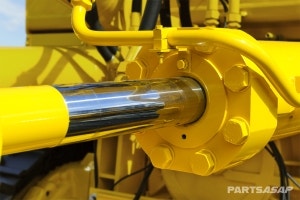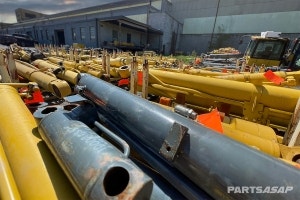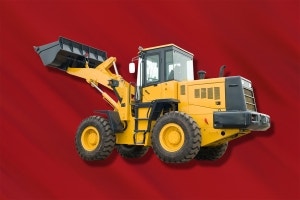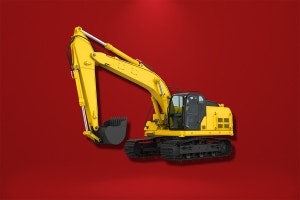Free small package shipping on orders above $249.99
Used Baler Buying Guide: Find the Right Baler For Your Work
No account?
Having a customer account enables faster checkout, order tracking online, and (if you want) emails about specials and events.

Farmers need a good baler to harvest hay successfully. These machines are designed to quickly gather your harvest and create bales that you can easily move from your field to where they are needed on your property. Nowadays, there are many baler options to choose from and you’ll want to ensure you’re selecting the correct equipment for the needs of your operation.
Research
What are the must-have features, specs, and components you want? This will help you narrow down which models and options you should be looking for. Research can also help you to think outside the box for things you may want or not need in your machine.
Your Land Matters
If your terrain is flat with compacted dirt, most any equipment will fit the bill. On the other hand, if it varies in its challenges, pick a baler that can handle those situations. A baler with wide flotation tires can more easily handle wet conditions and steep slopes.
Consider Your Crop Type
Make sure you’re getting a correct baler for the crop you will be baling. A standard hay baler will be built with dry hay in mind, while some want to be able to bale wet hay (bailing silage). If you want to bale wet hay, choose equipment that can handle the extra challenges.
There are high-output and energy-efficient models. They may sound ideal but might not be suitable for your needs and may even increase your operating costs in the long run. When deciding which type is best for you, focus on the cost per baled ton, including operation and wire costs.
Square vs. Round Balers
Square balers allow for more sizing options and make transportation more convenient and allow you to stack more bales. You’ll need to store the square bales where they are protected from the elements to avoid getting them wet and producing mold.
Round balers can often pack hay more tightly, making them incredibly efficient. You can also get variable-chamber models to make it easier to adjust the intake and control moisture levels.
Power
Check the required horsepower to make sure it is compatible with your tractor. Square balers often require more horsepower than round ones, so give those models a particularly close look when researching these options. Also, consider the Power Take-Off (PTO), which transfers the engine power to the attachment, and hydraulic power, which assists in operating your implements.
Buying Used?
Regardless, inspecting and testing the equipment before you purchase is always a good idea. Make sure to look at reputable local dealers or fellow producers. If you aren’t comfortable doing it yourself, bring a friend or a trained professional to help you spot any issues. The increased trust always helps.
Budget
How much you can afford will ultimately determine which baler you can afford, but it shouldn’t be the only deciding factor. You’ll need to balance what you can afford with what’s necessary for your crop now and into the future. Purchasing a used baler can help you find more affordable options with additional features you may need.





